Nearly all traditional diets are centered on a foundation of fruits, vegetables, whole grains, pulses, nuts, seeds, herbs, spices and other plant foods. Yet they are culturally diverse in their recipes, flavor pairings, and ingredients.
As February is Black History Month-we wanted to shine a light on the delicious and nutritious African Heritage Diet.
Drawing inspiration from West and Central Africa, the American South, the Caribbean, and South America, this nutritious and flavorful way of eating naturally aligns with the guidelines experts recommend for supporting good health.
Here is a brief description of the four healthy regional diets of African Heritage, as well as some traditional recipes inspired by those places.
African
Africa is home to leafy greens, root vegetables, mashed tubers and beans, and many different plant crops across its lands. In Central and Western Africa, traditional meals were often based on hearty vegetable soups and stews, full of spices and aromas, poured over boiled and mashed tubers or grains.
In Eastern Africa, whole grains and vegetables are the main features of traditional meals, especially cabbage, kale and maize (cornmeal). In the Horn of Africa, where Ethiopia and Somalia are found, traditional meals are based on flat breads like injera (made out of teff, sorghum or whole wheat) and beans blended with spices, like lentils, fava beans and chickpeas.
Across Africa, couscous, sorghum, millet and rice were enjoyed as the bases of meals, or as porridges and sides. Watermelon and okra are both native to Africa, and many believe that cucumbers are too. Beans were eaten in abundance everywhere, especially black-eyed peas, which were often pounded into a powder for tasty bean pastes seared as fritters.
African American
African American cuisine has been called “food to fall in love with.” Much of early African American cooking was influenced by both French and Spanish cuisines and intertwined with Southern cooking to co-brand some of its major staples. The majority of traditional African American foods came straight from the garden. Cabbage, okra, tomatoes, peppers, and greens were abundant, including dandelion, mustard, collards, and turnip greens. Pickling vegetables was a popular way to preserve food; pickled beets, radish, cabbage, carrots, and cucumbers were enjoyed-and the list goes on!
Louisiana’s Creole cooking has its roots in French, Spanish and Haitian cuisines, with a common base called “The Holy Trinity”: celery, onions and red bell peppers all equally chopped-which is at the heart of Louisiana’s popular Gumbo soup. Traditional Low Country cooking, from South Carolina and Georgia’s coast, features oysters, crabs, shrimp, sweet potatoes, Hoppin’ John, and rice.
Afro-Caribbean
The West Indies and Caribbean Islands bring tropical accents and various seafoods to the African Heritage Diet Pyramid. Approximately 23 million people of African descent live in the Caribbean. Here, we find French, African, and Spanish culinary influences. Surrounded by ocean, traditional African-Caribbean fare included a variety of seafood, like salt fish and conch; tropical fruits, like papaya and guava; rice and peas dishes, typically featuring pigeon peas or red beans. Coconut milk, breadfruit, callaloo, yams, plantains, annatto and pumpkins are all found in the Caribbean islands. In the southern parts of the Caribbean, roti is a popular flatbread, primarily made from whole wheat flour, that can be filled with curried vegetables and shrimp, or bean dishes, as a warm, soft roll-up.
Afro-South American
There are an estimated 100 million people of African descent living in South America, with a large majority in Brazil. The same African Heritage staple-dishes are found here: soups and stews are very popular, as are rice and beans, and tubers like yucca and cassava. Okra, peanuts, squashes and plantains appear on many plates, as do fruits and fruit juices like mangoes and guava. A few favorite ingredients are red snapper, avocado, cilantro, and tapioca. Native American roots are seen in their corn/maize use, and their tamales that combine peas, carrots, potatoes, rice, and various spices as fillings. Moqueca Baiana is a popular traditional dish of Brazil. It is a seafood stew with prominent African roots made using palm oil, coconut milk, shrimp and crab, onions, garlic, peppers, tomatoes, and cilantro.
To learn more about the nourishing and delicious African Heritage Diet-check out our recipe library and A Taste of African Heritage, our 6-week cooking and nutrition curriculum that celebrates the healthy, vibrant, plant-based food traditions from across the African Diaspora. Participants expand their knowledge of nutrition and learn simple cooking techniques for healthy living based on delicious African Heritage food traditions.
Start your culinary journey today with the e-course version of the curriculum. Get 5% off at checkout with code BHM24!
Want biweekly Heritage Diet information and recipes in your Inbox? Sign up for our Fresh Fridays newsletter by clicking the Subscribe button at the bottom of this page!


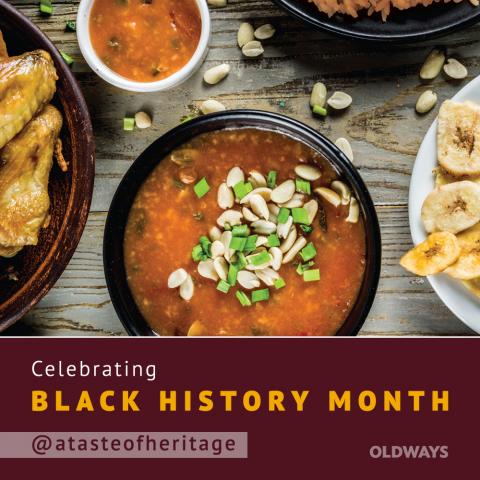
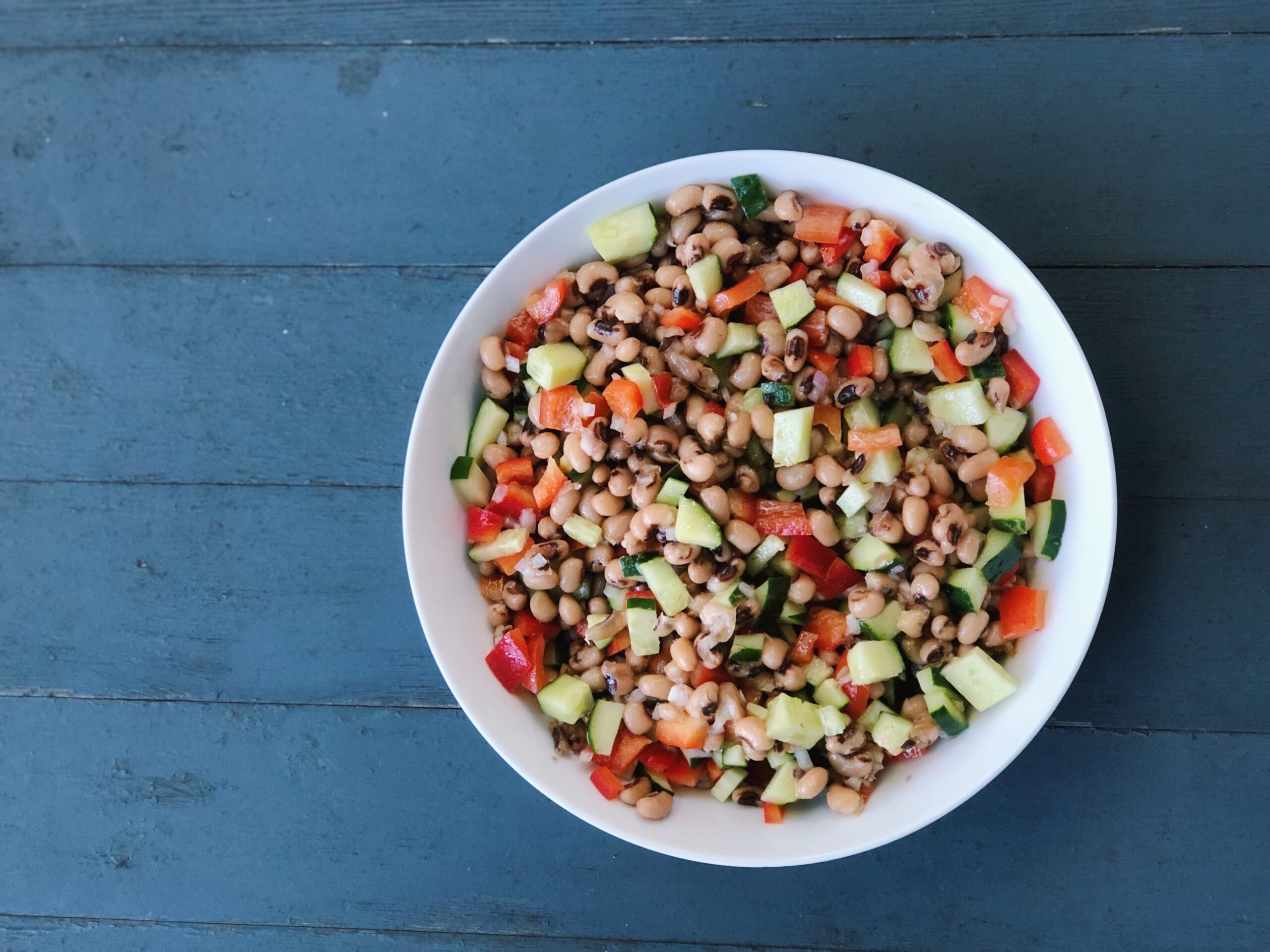
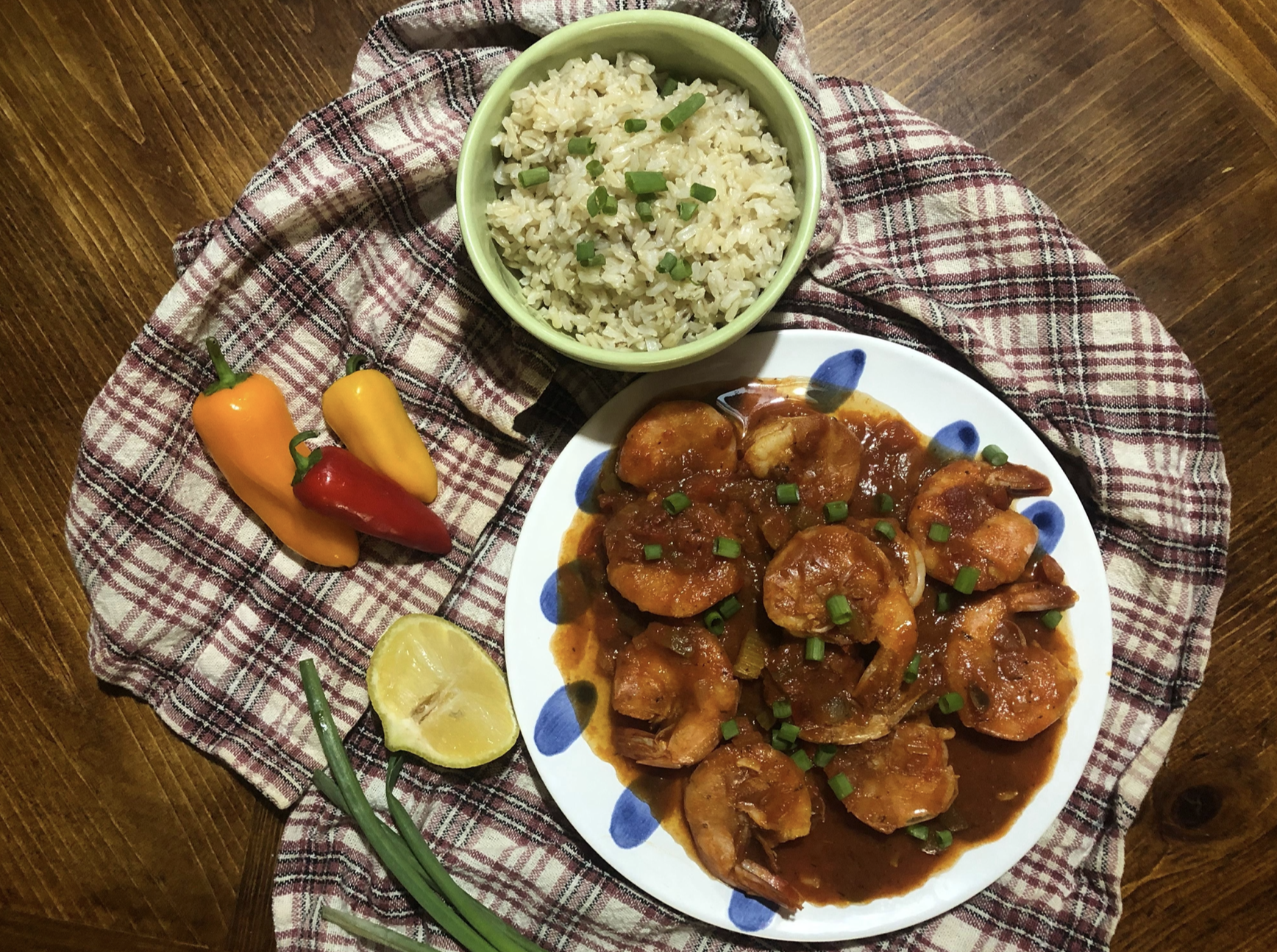
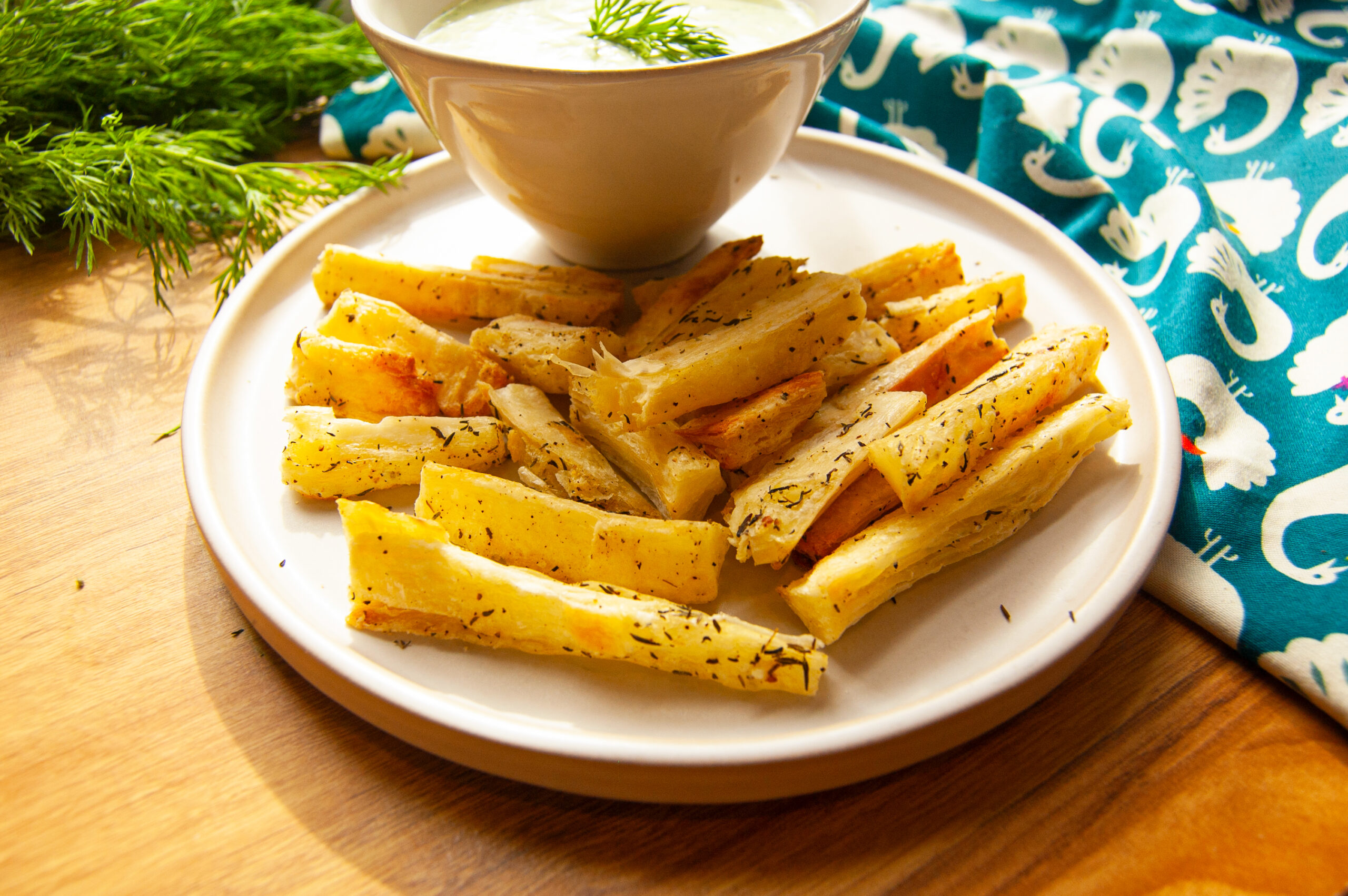
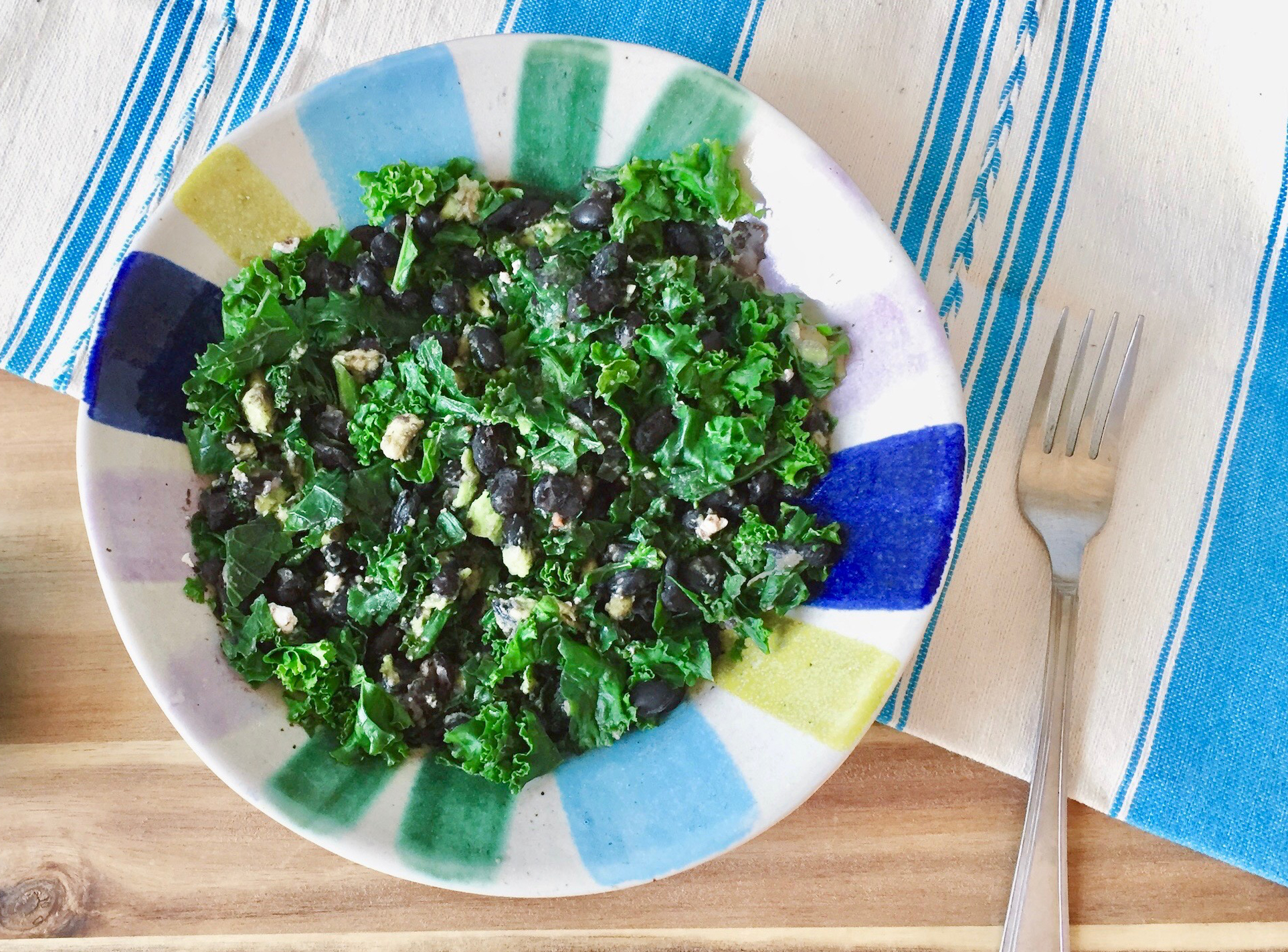
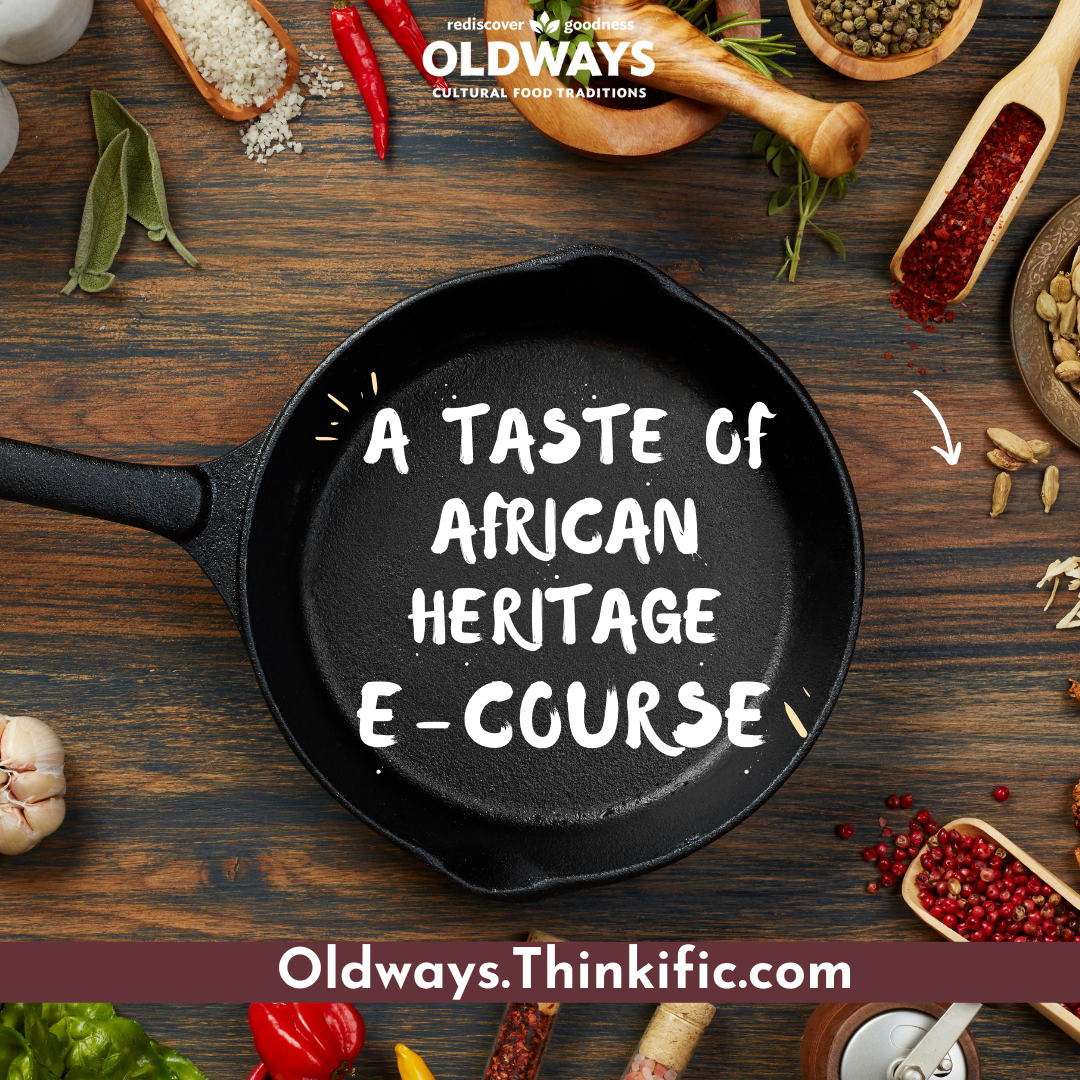




Leave a comment